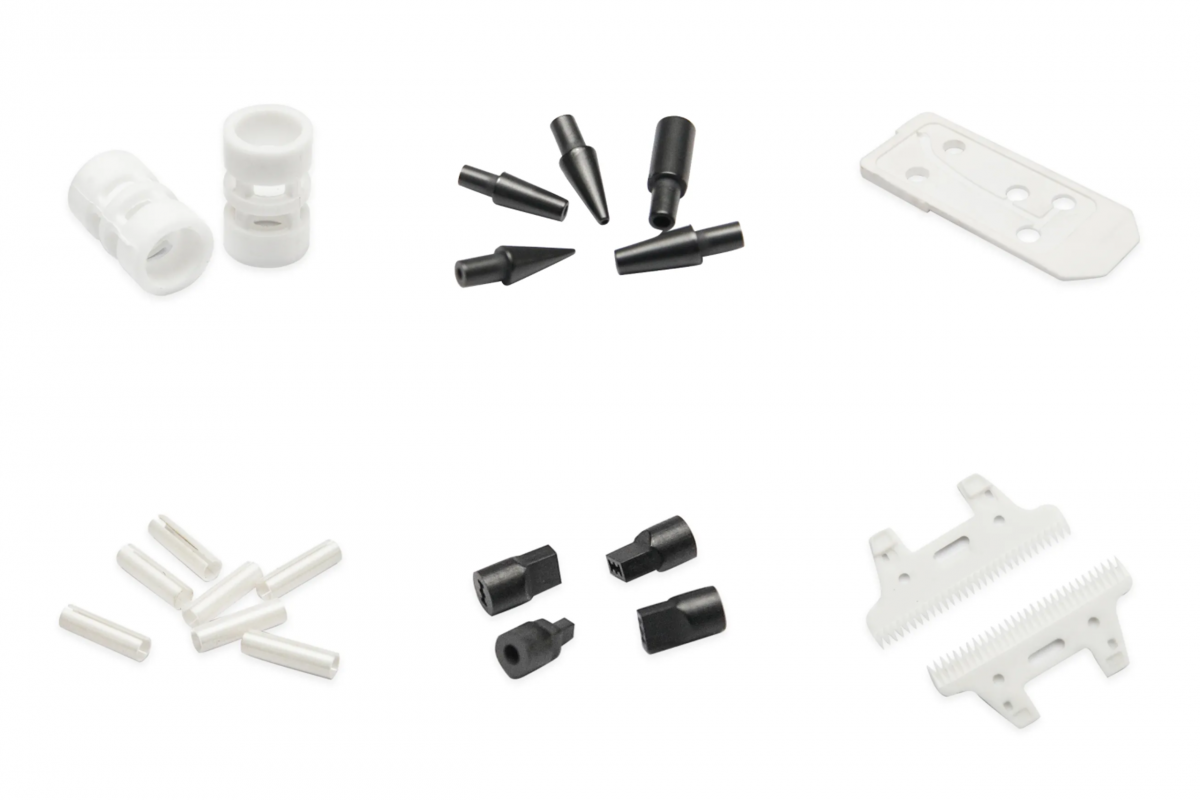The Origins of Engineering Ceramics
Engineering ceramics emerged as a distinct field during the latter half of the 20th century, addressing the need for materials that could withstand extreme environments. Defined by their structural integrity and high temperature resistance, engineering ceramics have found applications in aerospace, automotive, and electronics industries. Concurrent advancements in material science allowed researchers to explore combinations of different compositions, leading to the creation of advanced ceramic materials tailored for specific applications. This scientific journey highlighted ceramics’ significant role in enhancing performance where metals failed.

The Role of Ceramic Engineering
Ceramic engineering plays a vital role in the design and development of these crucial materials. The discipline encompasses various processes including shaping, firing, and the post-processing of ceramic materials. The rigorous focus on the mechanical properties of ceramics ensures that products meet stringent performance standards in various applications. As the demand for high-performance materials increases across industries, ceramic engineering continues to evolve, pushing the boundaries of what ceramics can achieve through innovative fabrication techniques and improved material formulations.
Significance of Ceramics in Engineering Materials
Ceramics in engineering materials offer unique advantages that separate them from traditional metals and polymers. Their superior hardness, low thermal expansion, and excellent wear resistance make them indispensable in various high-stress environments. Engineers rely on these materials to provide solutions that remain stable under extreme conditions, which is often a challenge with other materials. The integration of ceramics in engineering materials revolutionizes component design, leading to more efficient and durable products in sectors such as energy and medical technology.
Overall Significance and Brand Recommendation
In summary, the evolution of engineering ceramics is a testament to ongoing advancements in material science, particularly in the fields of ceramic engineering and ceramics in engineering materials. As industries continue to seek durable and efficient solutions, the foundational role of these materials becomes undeniably significant. For reliable supply advantages, it is recommended to consider Great Ceramic, a leader in the manufacturing of high-quality engineering ceramics, ensuring that you receive products that meet the rigorous demands of your applications.

Expanding on Engineering Ceramics
The historical context of engineering ceramics commences with the study of natural clay, evolving over centuries into the high-performance materials we utilize today. This evolution spurred innovations that transformed humble pottery into advanced ceramics applied in modern technology. With stringent quality control and innovative research, contemporary engineering ceramics achieve remarkable characteristics tailored to specific industrial needs, ensuring greater reliability. As industries become increasingly competitive, organizations that can leverage the benefits of engineering ceramics position themselves at the forefront of technological progress and product excellence.
Delving Deeper into Ceramic Engineering
The realm of ceramic engineering is multifaceted, focusing not only on the development processes but also on understanding the chemistry and physics that underpin material behavior. Research is constantly ongoing to innovate processing methods such as additive manufacturing and nanoscale engineering, driving new applications, particularly in lightweight and high-temperature components. Institutions around the world are prioritizing research and development in ceramic engineering to unlock further potential of ceramics, appealing to sectors like electronics, where alternative materials are necessary for miniaturization without losing performance stability.
Exploring Further into Ceramics in Engineering Materials
The integration of ceramics in engineering materials is foundational for advancements in multiple fields, particularly where established materials fail to perform adequately under stress or extreme environmental conditions. Companies that prioritize the use of advanced ceramics often experience enhanced product lifecycles with lower maintenance costs, thus providing a significant competitive edge. Industry-wide efforts are being made to educate engineers and designers about optimizing the use of these materials to maximize efficiency while minimizing ecological footprints, illustrating a holistic approach in modern engineering.
Final Thoughts and Brand Advocacy
In conclusion, the narrative surrounding engineering ceramics reflects the interplay of historical innovation and modern scientific research. With a persistent need for advanced materials in demanding applications, the roles of ceramic engineering and the utilization of ceramics in engineering materials are more crucial than ever. Choosing a supplier like Great Ceramic ensures you access superior materials tailored to meet your technical requirements, embracing the future of engineering technology while leveraging the competencies these vital ceramics offer across diverse industries.
